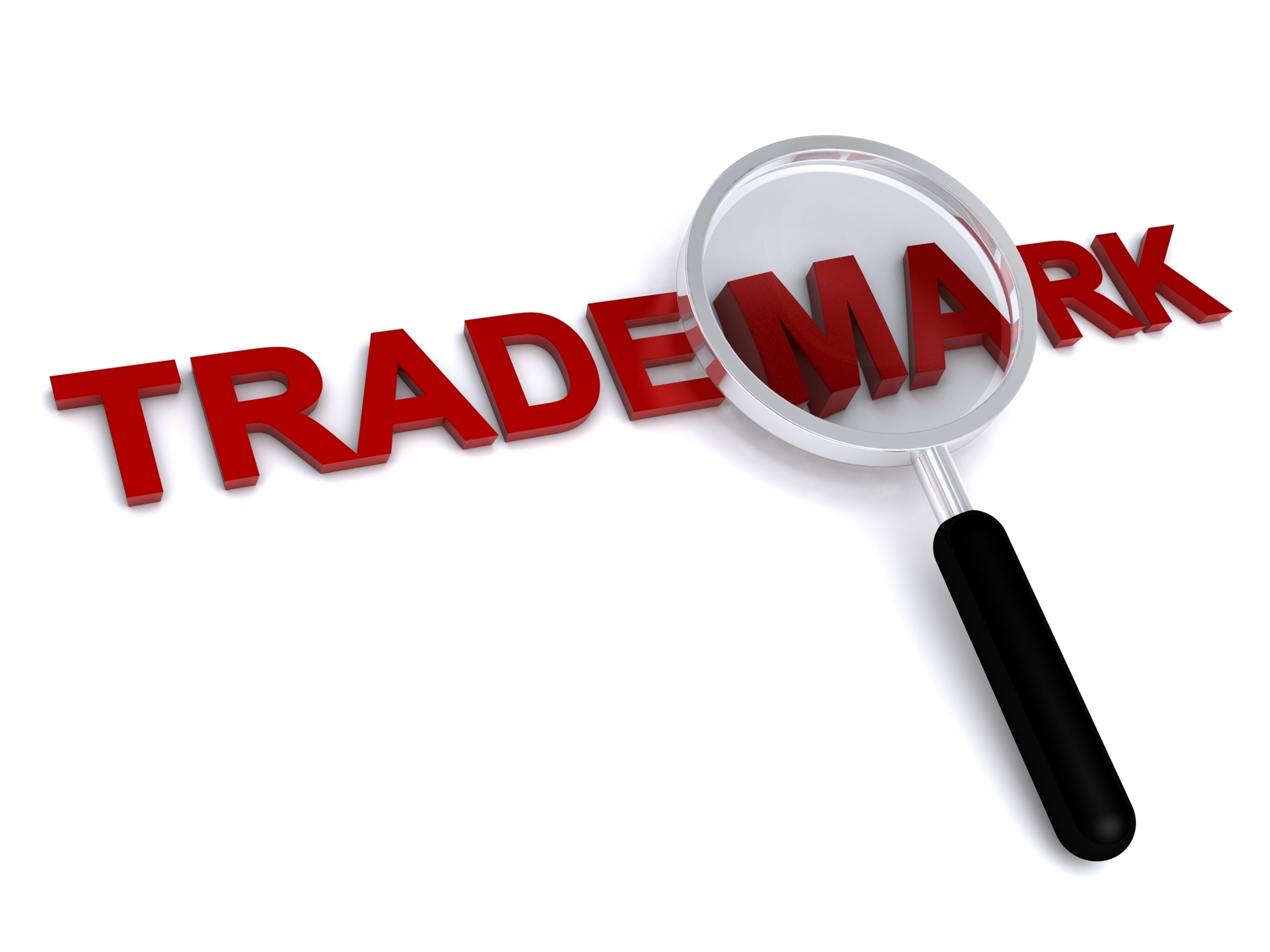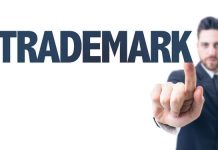This article is written by Aditya Singh from Symbiosis Law School, Noida. This article deals with the analysis of the international trademark protection system by reviewing the Trademark Law Treaty (1994) which provides for harmonization of laws and an effective multilateral filing system for enhanced global trademark protection.
Table of Contents
Introduction
Trademarks are a very valuable part of intellectual property rights as it is always associated with the quality of goods and services regarding expectations of a consumer. Trademarks are defined as a symbol or sign that separates products or services of one undertaking or business from those of other undertakings. In India, similarly, ‘trademark’ is defined under Section 2(1)(i)(viii)(zb) of the Trade Marks Act, 1999.
New opportunities and challenges can be observed due to globalization and an increase in borderless trade and business activities. Therefore, to rationalize and to make a uniform substantive law on trademarks the Trademark Law Treaty (TLT) was adopted in Geneva, Switzerland on 27th October 1994 and was further enforced on 1st August 1996. By 9th November 2009, it had forty-five member states including the United States.
To know more about Trademark please visit
Trademark Law Treaty
The roots of these standardization attempts in international trademark law emerged in the nineteenth century with the beginning of the 1883 Paris Convention, which was the first international attempt to simplify and bring uniformity towards protection of Intellectual Property Rights. At international level attempts have been made to increase the level of security given to the interests of various stakeholders in the trademark protection system including consumers. Spanning from the Paris Convention on Industrial Property, Madrid Agreement, Madrid Protocol, and the Trademark Law Treaty has stressed on the rationalization and homogeneity of the substantive and procedural law on trademarks.
The purpose of enacting the Trademark Law Treaty was to standardize and regulate a set of principles or procedural rules to simplify the national and regional process for application and registration process. It is done by simplifying and harmonizing the aspects of certain processes, thereby making trademark applications and the administration of trademark registrations less complicated and more consistent in multiple jurisdictions.
The Trademark Law Treaty ensures greater procedural harmonization of trademark law by providing a list of the maximum standards that members can impose for different acts. As such, it is not simply an agreement allowing for international application or registration of trademark rights. Individual countries are free to become part of the treaty the same applies to intergovernmental organizations as well, which operates an office regarding registration of trademarks having application in the territories of its member states, like the European Union (EU) and the African Intellectual Property Organization (OAPI). The terms under the treaty are supported by regulations and Model International Forms.

Objective
The main aim of the treaty was to outline and standardize the registration process for national and regional trademarks. It intends to make the application process for trademarks and the regulation of trademark registrations less complicated and more straightforward in multiple jurisdictions. This is expected to be done by simplifying and harmonizing Trademark registration processes around the world. The terms of the treaty refer to goods and/or services as well as the marks used upon them. The treaty, however, does not extend to particular forms of marks such as collective marks, qualification or certification marks, and warranty marks. The treaty addresses in great detail the application process for registration of a trademark and the contents of the document.
Phases
A major portion of the provisions of the Trademark Treaty deals with the process before a trademark office which can be further classified into three key phases: registration application, post-registration changes, and renewal. The procedure and rules regarding each phase have been carefully constructed so as to outline the requirements needed for an application or in relation to a specific request.
First phase: Registration Application– the parties contracting under Trademark Law Treaty may be required to, as a limit, to follow certain directions such as submitting a request, both the applicant and representatives name and addresses and other such indications; various indications relating to the mark and including a range of trademark representations; the goods and services for which the registration is requested to be categorized under the applicable class of the Nice Classification (established under the framework of the Nice Agreement Concerning the International Classification of Goods and Services for registration of the marks (1957)); and also a statement of intent to use the trademark, where applicable. Every contracting party should also permit an application relating to goods and/or services belonging to different classification groups under the Nice Classification. A contracting party cannot require for instance from an applicant to produce a piece of evidence that the mark has been registered in some other country’s trademark register or demand from an applicant to produce an extract from a trade register indicative of certain commercial activities.
Second Phase: Post-Registration Changes– this process involves a change in names or addresses and changes in the registration’s ownership. In this phase also the list of relevant requirements is exhaustive in nature and therefore, a single request is sufficient whether the change relates to one or perhaps a hundred trademark applications or registrations, given that the change to be made relates to all the registrations and applications concerned.
Third phase: Renewal– the duration of the initial period of registration and the duration of each renewal has been standardized by the Trademark Law Treaty to 10 years each.
In addition, it is provided by the Trademark Law Treaty that a power of attorney can apply to multiple applications or registrations made by the same person or entity.
Main Provisions
The significant provisions under the Trademark Law Treaty and Regulations are:
Marks to which the treaties apply
The treaty is applicable to marks for goods and services according to Article 2. A country is also obliged to apply the provisions of the Paris Convention concerning trademarks to service marks, according to Article 16.
Provisions relating to Applications
An exhaustive list of details is provided by Article 3 of the Treaty which the office may requests when applying for the registration of trademarks. These can be, for instance, the name and address of the applicant and the representative, one or more depictions of the marks based on the name of the goods or/and services or the dimension of the marks or the colour and quality of marks. In respect of the Article 6 of the treaty, the application is to be accepted by the office even if the goods or/and services come under different classes of Nice Classification.
Filing Date
Article 5 under the treaty specifies for the maximum information which an office can require for a filing date to be issued, these can include information required for contacting the applicant or his representatives, identification of the applicant, a list of products/services for which registration is sought, etc. In this scenario, the payment of a fee may be required to the office if the national trademark law is applicable.
Division of the Application and of the registration
Under Article 7 of the treaty, the applicants have been given the liberty that if the registration of a trademark in respect of certain goods or/and services gets refused then the applicant can choose to divide the application and move on with the registrations of the trademark on goods which have not been refused to avoid any delay in the registration. The applicant may proceed with filing the appeal for the application concerning the goods and/or services which got refused, simultaneously with other applications. The same option of dividing the application is also available to registrations whose authenticity is questioned by a third party.
Signature
Provisions contained in article 8 of the treaty deal with signatures and other means used for identifying the source of communication, for instance, an application filed in the office, in specific cases where the communication is transmitted through the reproduction(exact copy) of written or printed material or through electronic means a printed or stamped signature or use of the seal may be permitted by the office instead of a handwritten signature. Prohibition of requirements for notarization, attestation, legalization authentication is of significant importance, except in cases when the signature is required for the surrender of registration, but only if such exception is prescribed by the national law.
Changes and Corrections Concerning Applications and Registrations
In case of changes or corrections regarding applications and registrations, the provisions in Articles 10 to 12 are equally applicable. The articles 10 and 11 in the treaty outline the requirements that are essential for applying to appeal for changes in the ownership, name, and addresses to be recorded. The office may request, for correction in case there is some error made by the applicant, under Article 12. These provisions further provide that even if the modifications or corrections apply to multiple applications or registrations or both, a single request is sufficient. The request should though describe the relevant information currently kept by the office and the necessary amendments or corrections.
In the event of a request for a change in ownership to be registered, the office may allow a certified copy or extract of the contract, a transfer certificate, and a transfer document, as provided for in Article 11. If the change of ownership occurs from a merger or a court decision, for instance, the officer may ask for a certified copy of the document stating the change in ownership along with the request application like in a case of inheritance or bankruptcy. But an error made by the Office must be resolved either ex officio or on appeal.
Duration and Renewal of Registration
The treaty under article 13 allows for a term of ten years for the initial registration of the trademark, with the option of its renewal for a further term of ten years. As regards renewal, the provision under Article 13 lists down the overall requirements that an office may request.
Compliance with other conventions
The contracting parties under the Trademark Law Treaty are under no such obligation to be a part of other international conventions as well. But the treaty under Article 15 does provide that the provisions of the Paris Convention must be complied with by the contracting parties regarding the concerned marks. Furthermore, it derives from Article 3 regarding the filing of an application that the Contracting Parties must guarantee that the Nice Classification is followed in relation to the classification of the names in the application for goods or/and services.
Model International Forms
The provisions of the Trademark Law treaty are supported by the regulations which lay down the rules on information, useful in enforcing the provisions on administrative requirements and procedures laid down in the treaty. The regulations related to the conditions to applications, registration, filing date, signature, period, renewal, the manner in which names and addresses are indicated, and recognition of an application without the respective application number. For example, the regulations specify the number of reproductions of the mark that should be included with the application, the time limit for paying fees, and other correspondence to the office, like filing for the power of attorney and request to correct errors in the event of non-compliance.
The Regulations also consist of eight Model International Forms relating to the submission of an application, renewal requests, registration of name changes, for recording ownership, correction of errors, assignment of a representative, transfer certificates and transfer papers. The office may prepare an Individualized International Form in cases where the requests for information are not necessary under national law, but still allowed under the treaty like regarding an application. This form does not include compulsory provisions in addition or contrary to either the Treaty or the Regulations. Through using the Model International Forms or the Individualized International Forms the contracting parties are assured that, based on the forms, no office can deny a request or application based on the forms.
Conclusion
Effective trademark protection though will cover not only the entrepreneur’s interest, but also the consumer’s interest. Developments at the International level and the National level have concentrated on streamlining trademark enforcement and adding uniformity to it. However, harmonization should not be confused with international regulations, since it does not result in a common set of mutually recognized laws but rather guides a modification in regulations, criteria, or procedures to prevent differences and establish equivalence.
The final product of harmonization is therefore not a unitary legal framework governing a specific subject matter across a number of different jurisdictions, but the amended national law of each national jurisdiction. Despite its initial objectives of ensuring systematic and substantive harmonization of all aspects of international trademark law, the Trademark Law Treaty has provided nothing more than a greater framework of procedural harmonization of the registration and protection of trademark rights.
LawSikho has created a telegram group for exchanging legal knowledge, referrals and various opportunities. You can click on this link and join:












